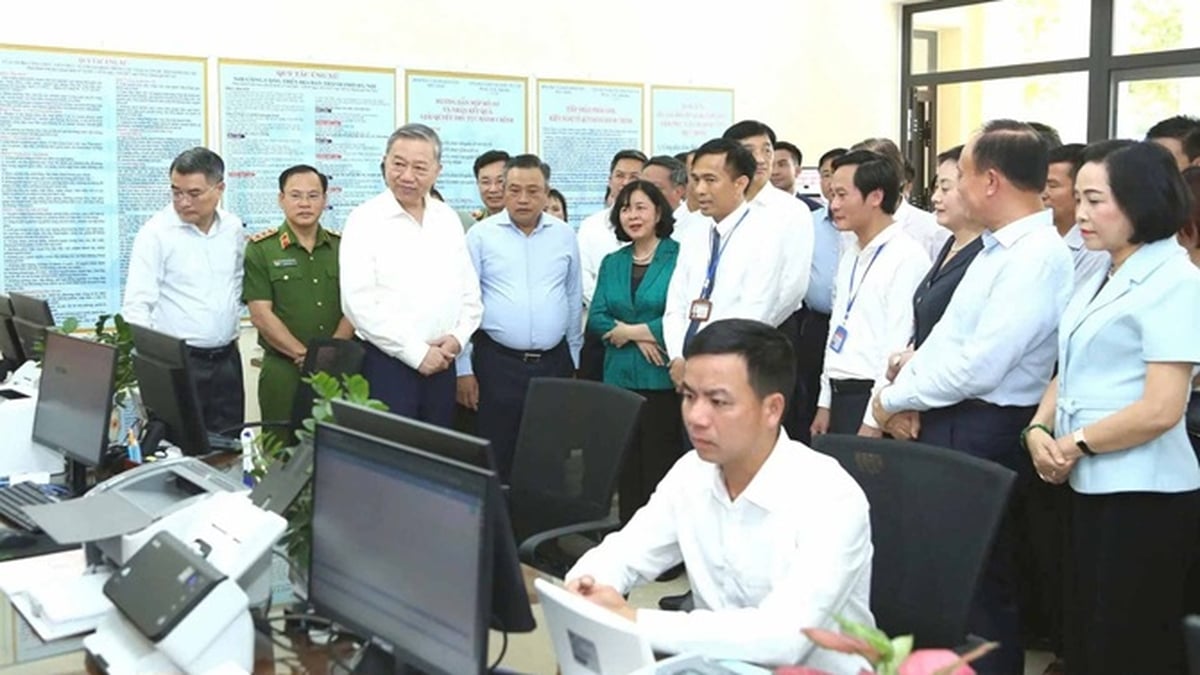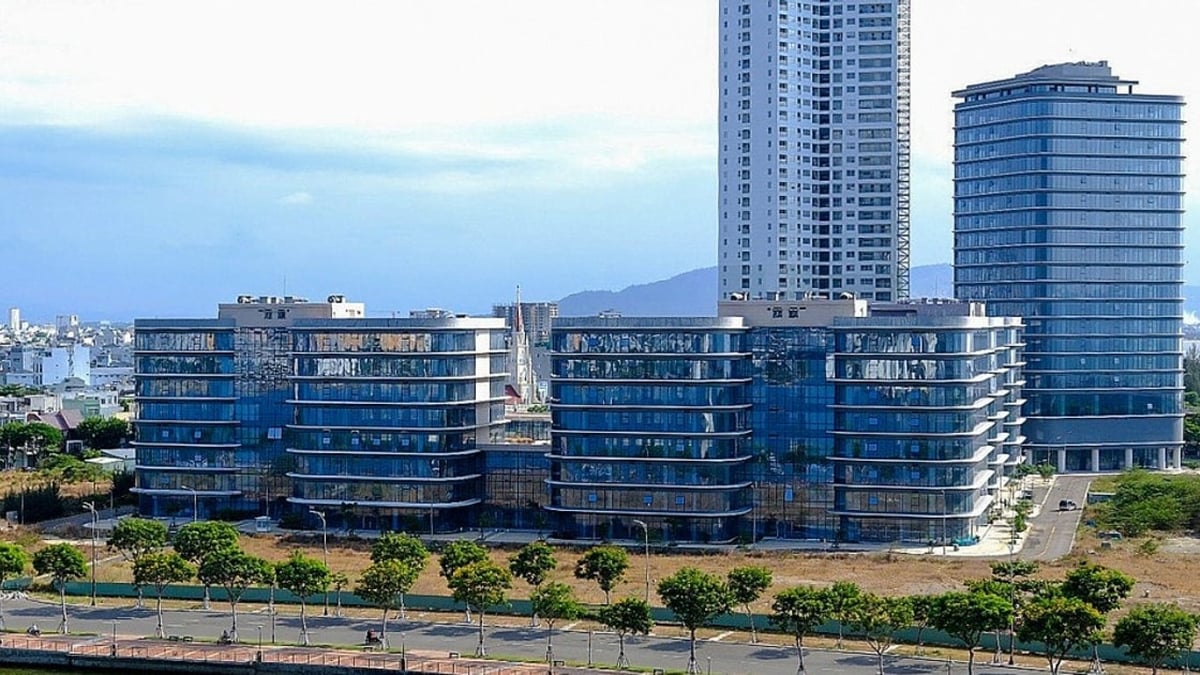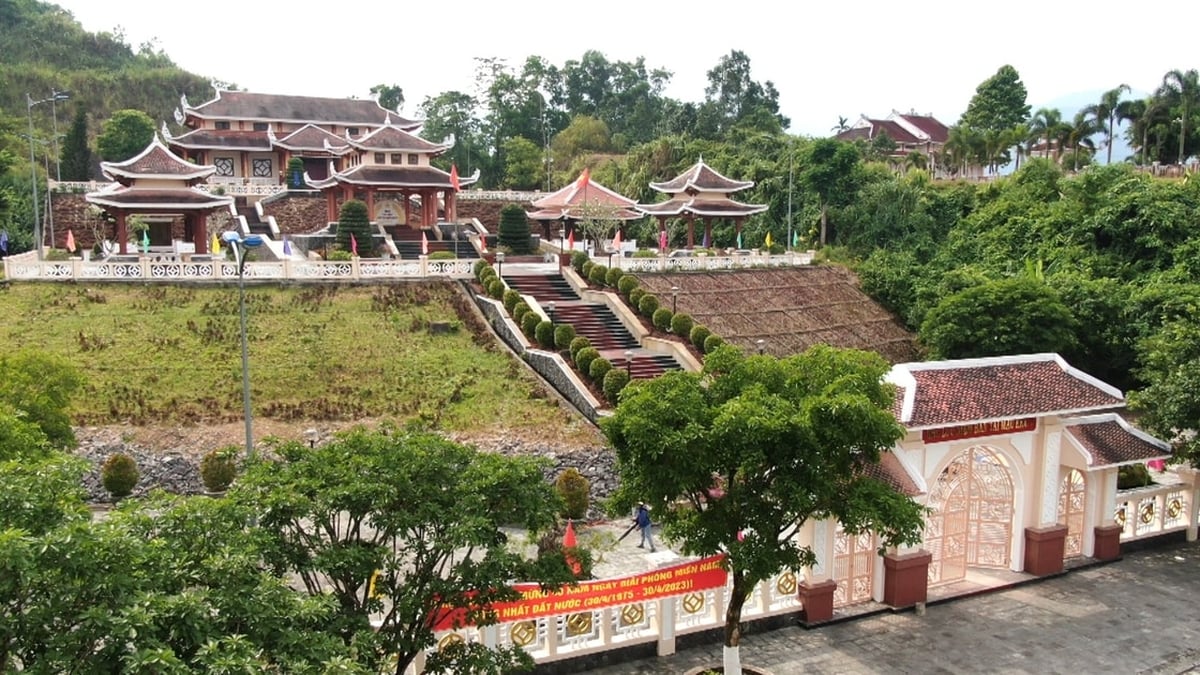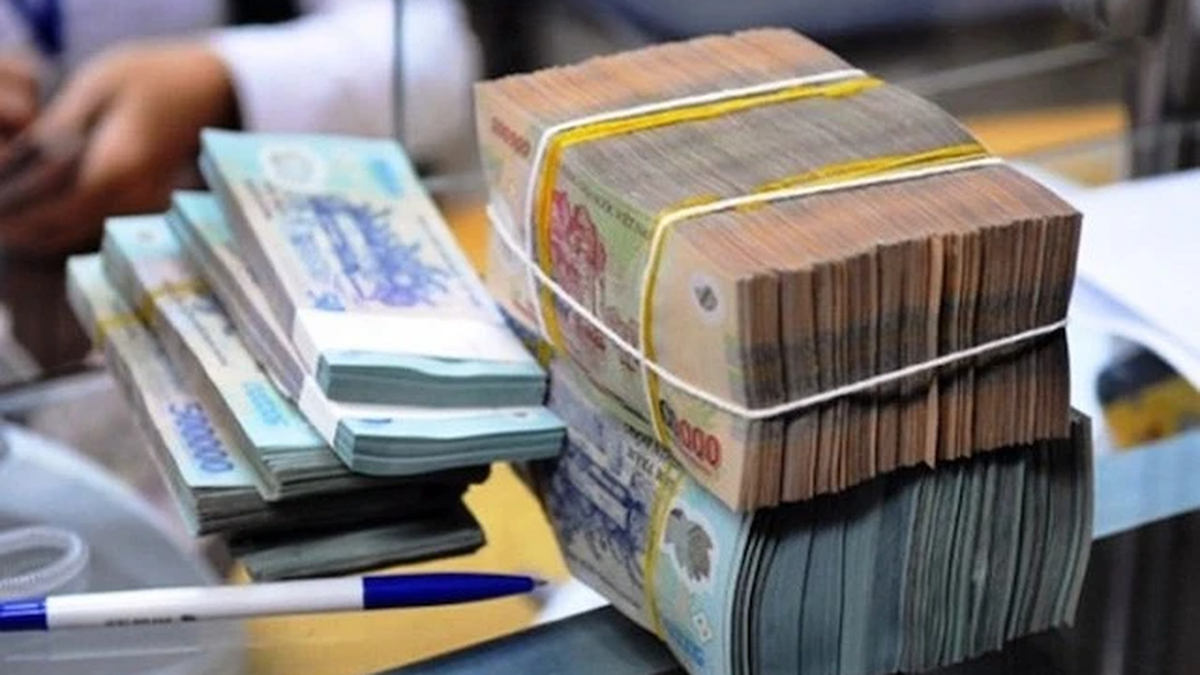Capital poured into real estate increased by more than 90,500 billion VND
Outstanding credit for the real estate sector as of April 25, as announced by the State Bank of Vietnam (SBV), increased by 3.51% compared to the end of 2022, higher than the general credit growth of the entire banking system of 2.75%. Thus, outstanding credit for the real estate sector increased by more than VND 90,558 billion compared to the end of 2022, to VND 2.67 million billion.

Banks announce real estate lending still increased in the first 4 months of the year
Corresponding to statistics from the State Bank, the financial reports of the first quarter of 2023 of some banks also show that outstanding credit for real estate continues to increase. For example, Techcombank 's separate financial report of the first quarter of 2023 shows that outstanding real estate loans increased by 32.43% compared to the end of 2022, to VND 147,906 billion; VPBank's outstanding real estate loans increased by 15%, reaching more than VND 59,360 billion, while personal loans to buy houses and receive land use rights to build houses increased by 21.6%, to more than VND 85,338 billion; Military Bank's real estate business loans increased by 5.08%, to VND 23,061 billion...
Meanwhile, the real estate market report for the first quarter of 2023 released by the Ministry of Construction showed that both supply and successful transactions decreased sharply. According to statistics, there are 14 commercial housing development projects, the number of projects decreased by about 50% compared to the fourth quarter of 2022 and decreased by nearly 40% compared to the same period in 2022. The number of successful transactions in this quarter only reached more than 106,000, down 35% compared to the fourth quarter of 2022 and down 40% compared to the first quarter of 2022.
In fact, many real estate companies have "complained" that they have not been able to borrow capital from banks since the end of the fourth quarter of 2022. In addition, legal difficulties have caused many construction projects to be unfinished, stagnant, and business cash flow to be negative. Regarding debt, the financial statements of the first quarter of 2023 of many companies listed on the stock exchange also show that debt has decreased compared to the end of last year. For example, No Va Real Estate Investment Group Corporation ( Novaland ) announced that by the end of March 2023, it had borrowed nearly 3,682 billion VND from banks in short-term, an increase of more than 294 billion VND compared to the end of 2022. In contrast, long-term loans from banks were 5,538 billion VND, a decrease of 2,093 billion VND compared to the end of 2022.
Thus, Novaland's total bank loans by the end of March decreased by VND 1,800 billion compared to the debt at the end of 2022. Phat Dat Real Estate JSC also reported that by the end of March 2023, the total debt in general was VND 3,476.4 billion, a decrease of more than VND 963 billion compared to the end of last year. In particular, the company sharply reduced short-term loans from banks and through bond issuance.
Similarly, Khang Dien Housing Investment and Trading Joint Stock Company had short-term loans at the end of March unchanged from the end of 2022 at VND 333.3 billion. Long-term loans at the end of March 2023 decreased by more than VND 83 billion to VND 1,516.6 billion due to a reduction in loans from banks. Nam Long Investment Joint Stock Company reported total loans at the end of the first quarter of 2023 at VND 5,605 billion, VND 426 billion higher than at the end of last year. In particular, the increase was mainly long-term loans arising during the period at 2 foreign banks.
Not actual disbursement?
The contrast between the reports of real estate enterprises and banks has made many investors and shareholders in the market ask: where has the bank capital flowed to? Associate Professor, Dr. Dinh Trong Thinh (Academy of Finance) said that the situation of real estate enterprises facing difficulties in capital flow in operations in recent times is quite common. However, the real estate market also has other segments such as industrial parks, export processing zones, people borrowing to buy houses in projects in provinces and cities... When these segments are good, banks still lend, and outstanding loans increase. Here, people's demand for affordable, average-priced housing projects is always high. Therefore, at this time, enterprises need to restructure immediately, convert or somehow bring products to the market at more suitable prices. This helps enterprises have cash flow, so they can access capital.
According to statistics, capital flow from the banking system has increased steadily in all real estate sectors.
For example, in February, real estate loans reached VND859,394 billion, an increase of VND26,352 billion compared to the end of January. Of which, capital flowing into urban construction projects and housing development projects had the strongest increase of VND26,537 billion, reaching VND233,252 billion. Next were tourism, ecological and resort projects with outstanding credit increasing by VND5,576 billion, reaching VND37,703 billion; Restaurant and hotel projects increased by VND3,244 billion, reaching outstanding credit of VND63,288 billion; industrial park and export processing zone construction projects increased by VND2,545 billion, reaching VND52,343 billion.
Loans for land use rights purchase alone decreased by VND8,568 billion compared to the end of January, down to VND73,655 billion; loans for other real estate business decreased by VND4,269 billion, down to VND233,940 billion.
Meanwhile, Dr. Le Dat Chi, Deputy Head of the Finance Department (Ho Chi Minh City University of Economics), analyzed that the number of listed companies on the stock exchange only accounts for a part of the tens of thousands of companies operating in the real estate sector nationwide. Therefore, it is possible that real estate credit in the first months of the year increased sharply in many other units - private companies that do not have public reports. Or banks may record personal loans in the real estate group with a higher increase. Or there will even be cases where companies have sold off projects to new partners, and the loans based on the mortgaged projects will be transferred to the new partners, so some companies reduce their debt.
However, the new partner can continue to mortgage this project to borrow money or add collateral when borrowing. In particular, when evaluating a new loan (or according to a new customer profile), the bank can re-evaluate the collateral and can usually increase the value of the asset. From there, the customer can borrow more than the old debt or because of the additional collateral, they can also disburse more. Another part may be related to the maturity of the bond or the bank is allowed to restructure the debt for borrowers in difficulty. The bank can also take related actions such as lending to restructure debt by re-evaluating the asset; the parent company or subsidiary will buy the project, guarantee the debt and the bank will re-evaluate the asset...
"If transactions in the real estate market are gloomy, where will individuals borrow money from banks to increase? Or if completed projects and new projects launched on the market also decrease, where will the money flow? The fact that loans from banks to the real estate sector are still increasing may only happen on reports and not in actual disbursement amounts. Debt restructuring, debt extension, etc., if any, the new loan will be higher than the old loan. For example, if the old loan is 1,000 billion VND, the customer must pay interest of up to 1,100 billion VND or more. When lending through a new company, the company that buys the project will lend more than 1,100 billion VND, so the loan amount will automatically increase. But this will pose a huge risk of bad debt for banks," Dr. Le Dat Chi analyzed.
Source link



































































































Comment (0)